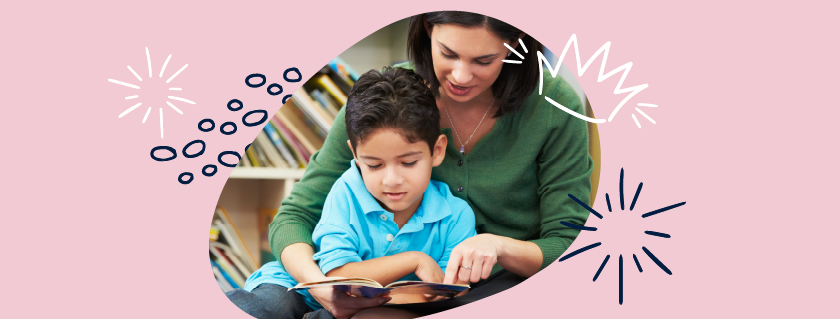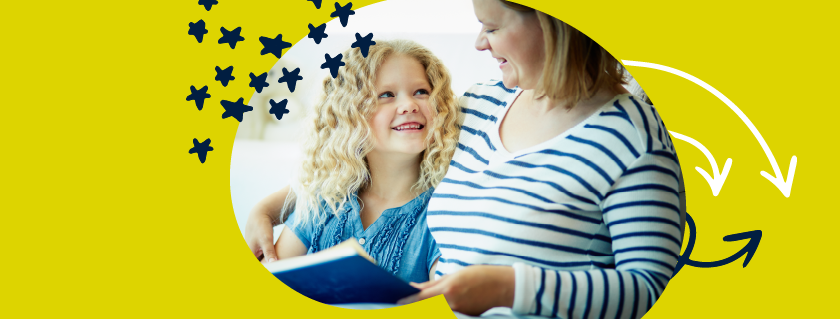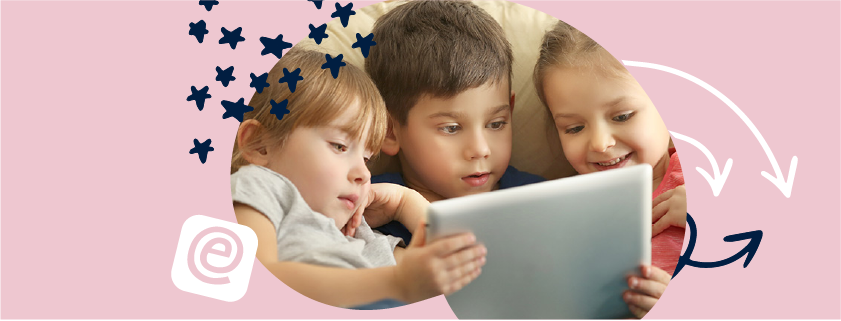Little Oxford Parent Guide
We’re sad to announce that the Little Oxford app will shortly be removed from sale. We’re sorry for any inconvenience caused. Subscribing customers will be given a full refund.
For details on how to claim your refund, if you are eligible, go to About the App. The app will stop working on 1st May 2024.
If you are interested in discovering more guidance for how you can use digital products and apps with your little one, you can still find this under our Digital Top Tips.
Advice on using digital products with under 5s
You can find official guidance from the DfE on how best to use digital products with young children. This is aimed at early years providers (like nurseries and childminders) but offers some practical ideas.
Our top tips are listed below.
Digital Top Tips
In an increasingly digital world, we need to support our little ones as they learn how to use digital devices well, and safely.
- Treat the digital world in the same way you treat any other environment your child experiences.
- Set clear boundaries and limit the total amount of time your child spends on screens to a maximum of an hour a day.
- Supervise your child while they are using screens.
- Share the games, activities and stories together to enhance your child’s learning and avoid using screens as a ‘digital babysitter’.
- Try to avoid using screens to calm your child down when they are upset or cross. Your child needs you to help them learn to self soothe, rather than distract them with a screen.
- Children learn best through two-way communication, so chat with your child about what you are doing as you use the app together.
More about reading and learning for 3-5s
Use the sections below to find out more about Phonics, learning to read and how you can foster a love of reading in your little ones.
Phonics
Our essential guide to learning to read with phonics.
Reading at Home
Our essential guide to supporting your child’s reading journey at home.
Reading at School
Our essential guide on what to expect as your child learns to read at school.



